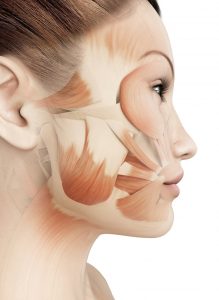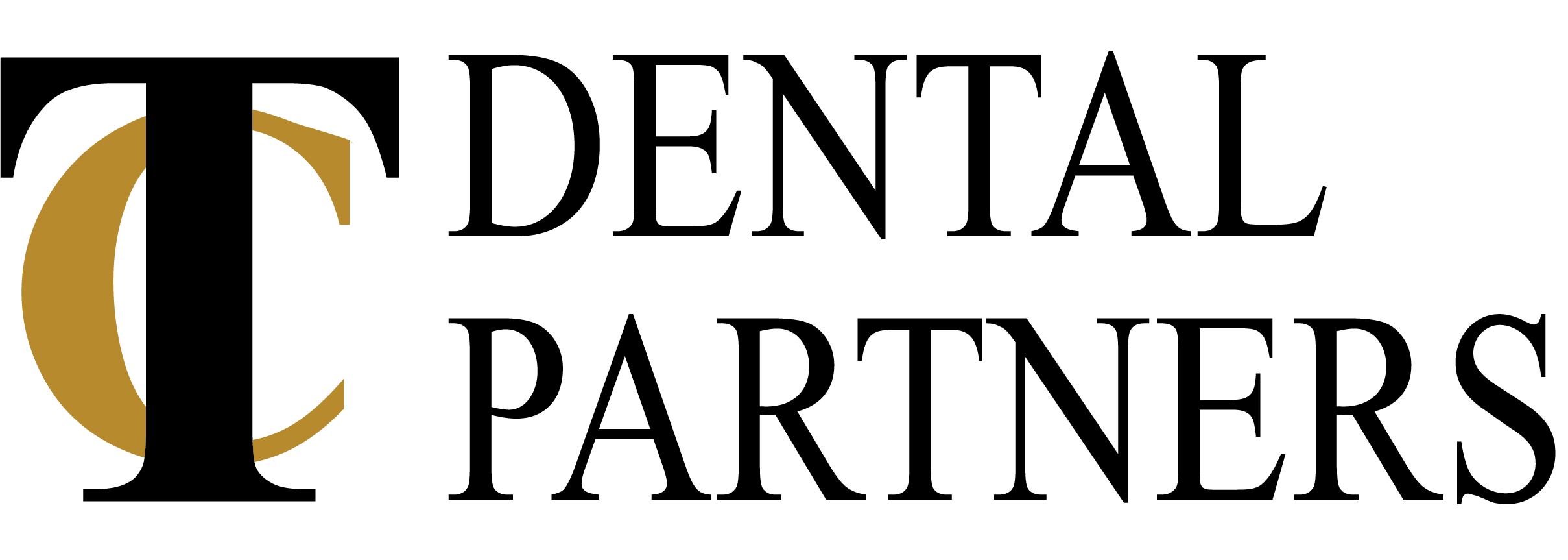Myofunctional Therapy

What is Myofunctional Therapy?
Myofunctional Therapy is a structured therapeutic intervention that is used to correct improper function of the tongue and facial muscles. It involves exercises to strengthen the tongue and orofacial muscles by teaching you how to engage the muscles into appropriate positions.
What are some possible causes of orofacial disorders?
- Tonsils/adenoids
- Mouth breathing vs. nasal breathing
- Tongue Ties
- Speech and articulation
- Snoring/sleep apnea
- Jaw pain and Dysfunction
- Head, neck and facial pain
- Habits- thumb/finger sucking
- Where the tongue rests in the mouth
- Chewing and swallowing
What are the goals of Myofunctional Therapy?
Myofuntional Therapy is used to help strengthen the tongue and orofacial muscles through exercises and pattern retraining to help resolve issues associated with sleep,·breathing, posture, jaw pain and many others. These exercises will help the strength and range of motion for your jaw, cheeks, lip and tongue. Tongue position is extremely important because an improper placement of the tongue can lead to airway obstruction. Several factors can be the cause for a low lying tongue posture.
Some examples include: Lack of nasal breathing, which may lead to the tongue pushing forward against  the teeth and creating a tongue thrust. A tongue thrust can be an indicator of other issues involving the airway and breathing. When the tongue pushes forward upon swallowing it creates a problem with the placement of the resting posture of the tongue. The only way to eliminate this is to learn new habits and exercise to retrain the muscles and the mind. A tongue tie can also lead to restriction of proper placement of the tongue which can cause snoring, clenching/grinding, headaches, jaw pain, and mouth breathing. People who are tongue tied are often mouth breathers as well. Research has shown that children or adults who are tongue tied are at risk of sleep apnea and airway issues. The goal is to correct resting posture and get improvement of control, mobility, and muscle tone of the lips and tongue as related to chewing, swallowing and resting posture of the tongue and lips.
the teeth and creating a tongue thrust. A tongue thrust can be an indicator of other issues involving the airway and breathing. When the tongue pushes forward upon swallowing it creates a problem with the placement of the resting posture of the tongue. The only way to eliminate this is to learn new habits and exercise to retrain the muscles and the mind. A tongue tie can also lead to restriction of proper placement of the tongue which can cause snoring, clenching/grinding, headaches, jaw pain, and mouth breathing. People who are tongue tied are often mouth breathers as well. Research has shown that children or adults who are tongue tied are at risk of sleep apnea and airway issues. The goal is to correct resting posture and get improvement of control, mobility, and muscle tone of the lips and tongue as related to chewing, swallowing and resting posture of the tongue and lips.
What happens when you are referred to a Myofunctional Therapist?
First, an evaluation is necessary. in order to determine the problem and make recommendations and discuss the appropriate treatment plan and exercises. If therapy is recommended, a start date is determined. Myofunctional therapy generally involves 12 week of commitment, but can alter from patient to patient. Treatments can go upward to a year with follow ups. A typical appointment can range from 30-45 minutes in the chair or zoom sessions to go over exercises and incorporate new ones. Scheduling regular appointments is recommended for optimal outcomes.
